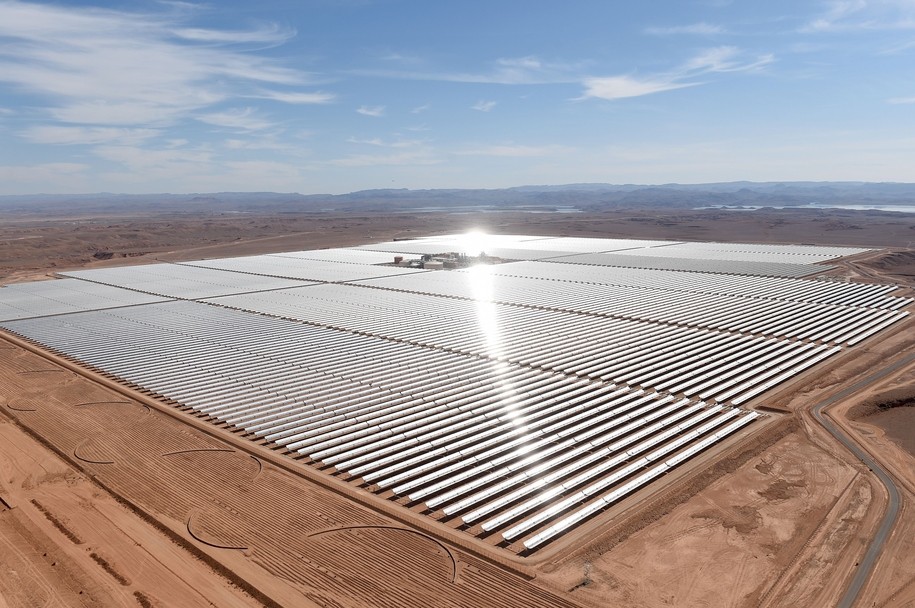Donald Trump and the climate deniers and fossil fuel company backers he’s nominated for his cabinet don’t realize it—or refuse to believe it—but the world is starting to pass them by when it comes to developing new sources of power. In the developing world, solar power is becoming the most cost-effective new source of electricity.
In nearly 60 lower-income countries, the average price of solar energy has dropped to $1.65 million per megawatt in 2016, just below wind at $1.66 million per megawatt. That means new energy development projects will focus on solar energy rather than wind power.
“Unsubsidized solar is beginning to outcompete coal and natural gas on a larger scale, and notably, new solar projects in emerging markets are costing less to build than wind projects,” says a report from Bloomberg New Energy Finance, a research and analysis organization for those investing in the energy industry.
According to a mid-December story from Bloomberg Technology about the report, called Climatescope:

This year has seen a remarkable run for solar power. Auctions, where private companies compete for massive contracts to provide electricity, established record after record for cheap solar power. It started with a contract in January to produce electricity for $64 per megawatt-hour in India; then a deal in August pegging $29.10 per megawatt-hour in Chile. That’s record-cheap electricity—roughly half the price of competing coal power.
“Renewables are robustly entering the era of undercutting” fossil fuel prices, BNEF Chairman Michael Liebreich said in a note to clients.
Undercutting fossil fuel prices. In other words, doing it more cheaply. And when you’re building a new infrastructure for electricity with limited resources—and you’re a country with abundant sunshine—you go with the least expensive option. And that ain’t coal, gas, or oil.
This chart shows the average cost of new wind and solar projects from 58 emerging-market economies. The countries studied include China, India, and Brazil.
The low-cost contracts discussed in the Bloomberg report are for new projects. It adds:
When all the 2016 completions are tallied in coming months, it’s likely that the total amount of solar photovoltaics [PVAs] added globally will exceed that of wind for the first time. The latest BNEF projections call for 70 gigawatts of newly installed solar in 2016 compared with 59 gigawatts of wind.
The overall shift to clean energy can be more expensive in wealthier nations, where electricity demand is flat or falling and new solar must compete with existing billion-dollar coal and gas plants. But in countries that are adding new electricity capacity as quickly as possible, “renewable energy will beat any other technology in most of the world without subsidies,” said Liebreich.
This new development of cheaper solar power is being described as a turning point in the energy industry. “The world … is adding more capacity for clean energy each year than for coal and natural gas combined. Peak fossil-fuel use for electricity may be reached within the next decade,” according to the story in Bloomberg.
Another story about the report in Science Alert discussed how the growth in solar marks some new milestones.
Solar is booming for a number of reasons, including falling equipment costs, new business models like Tesla’s home batteries, growing investment, and a rise in clean energy policies.
It’s also worth noting that prices fluctuate across the world, and solar isn’t the cheapest deal everywhere just yet — the cost depends on sunshine availability, plus the energy contracts that are already in place, and what government subsidies are on offer.
But it’s still a landmark moment for new energy costs in developing nations, and goes hand-in-hand with renewable energy now having become the largest source of new power capacity in the world. …
Last year, China invested $103 billion in solar projects, more than the US ($44.1 billion), the UK ($22.2 billion), and Japan ($36.2 billion) put together.

